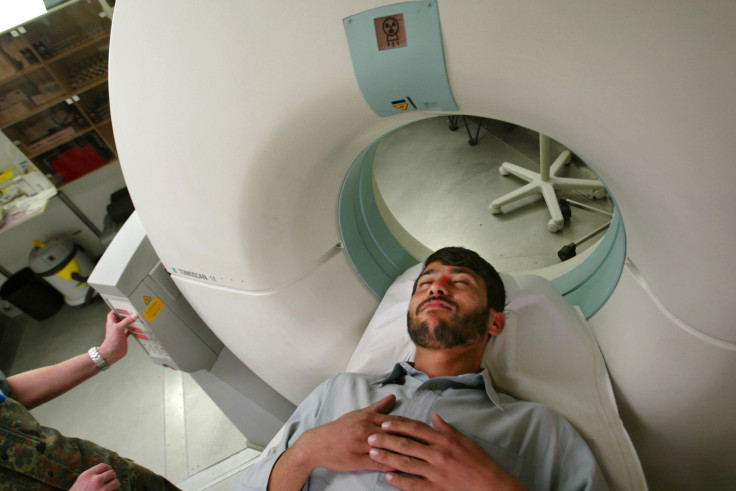Harmful Effects Of X-Ray Radiation Could Be Reduced By 100 Times

A study published in Scientific Reports on Nov. 21 mentions the use of a new algorithm that brings down radiation from medical X-rays by hundred times or more.
The new algorithm defines densities, edges and other parameters of tissues that are X-rayed and it could also identify changes in the tissues even as the radiation dosage is brought down significantly — by 100 fold or more.
The trial was performed on animals. So, the algorithm is not ready for clinical use on humans. However, if the findings hold true with humans as well, it would be significant.
In a medical setting, the biggest sources of radiation exposure to a patient include X-rays — particularly CT scans. Though they represent just 26 percent of imaging done, they still account for 89 percent of radiation exposure annually.
While such scans are at times necessary, the trouble is that the ionizing radiation from these scans could be powerful enough to break up the DNA strands.
Also, the radiation could break down water molecules — which in turn produces highly reactive compounds that could damage DNA. Though such DNA injuries do get repaired, the repair and restoration process is hardly perfect.
It’s widely believed in the scientific community that the longer your exposure to radiation, the higher the chances are of your DNA getting damaged.
However, it’s hard to quantify the extent of damage done by radiation.
The most extensive data collections related to this comes from survivors of the Hiroshima bombing and also workers who are employed in the nuclear energy industry.
But neither of these groups are comparable with patients who get exposed to radiation for medical purposes.
Also, it’s hard to establish a direct correlation between medical radiation and cancer since there could be a significant time lapse between the exposure and the onset of clinical symptoms — sometimes, the symptoms may take decades to manifest. Also, it’s hard to study a population sample that would be big enough to make possible quantifying the issue.
This means that at this point, there exist no epidemiologic studies that show the extent of harm radiation does to patients.
However, since higher levels of radiation exposure are obviously detrimental, scientists use a mathematical model named linear no-threshold theory to set the limits of radiation exposure in medical settings.
They use a higher radiation dose that affects human health (for instance, the radiation effect on Hiroshima’s population) and extrapolate to determine the ill effects of radiation. For example, if 1000 units of radiation results in an impact of 5%, by extrapolation, you come to the conclusion that 100 units would have a 0.5% impact.
All this is to say that, the correlation between higher levels of radiation and a deadly disease like cancer hasn’t been conclusively proved yet — not necessarily because such a link doesn’t exist but because of the practical difficulties in proving the link, if it exists.
But it’s still a good idea to bring down radiation from CT (Computed tomography) scans — because the radiation from these scans is not particularly lenient.
For instance, the radiation you get from a CT of the pelvis and abdomen is comparable to the natural background radiation you may get for seven years — natural background radiation refers to the radiation we get naturally from the sun, cosmic rays, the Earth itself or from the food we consume. As for a CT done on the head, it’s equivalent to 8 months of natural background radiation. For X-ray of a limb and mammography, the correlation is 3 hours and 7 weeks respectively.
In this context, the new algorithm mentioned in the study under discussion offers much needed hope.
© Copyright IBTimes 2025. All rights reserved.





















